Deon Kelbrick We are lucky enough at Msandile to get lots of photographers pass through camp, from the amateur iPhone snappers to the world-famous mirrorless, big lens captures.
BIG, LITTLE, UGLY AND LUANGWA WHAT ARE THE 5 SPECIES YOU SHOULD BE LOOKING OUT FOR?
Maybe you have heard of the big 5, traditionally these were the hardest animals to hunt. Bringing down one of these was a sign of what a great hunter you were and came with big acclamation.
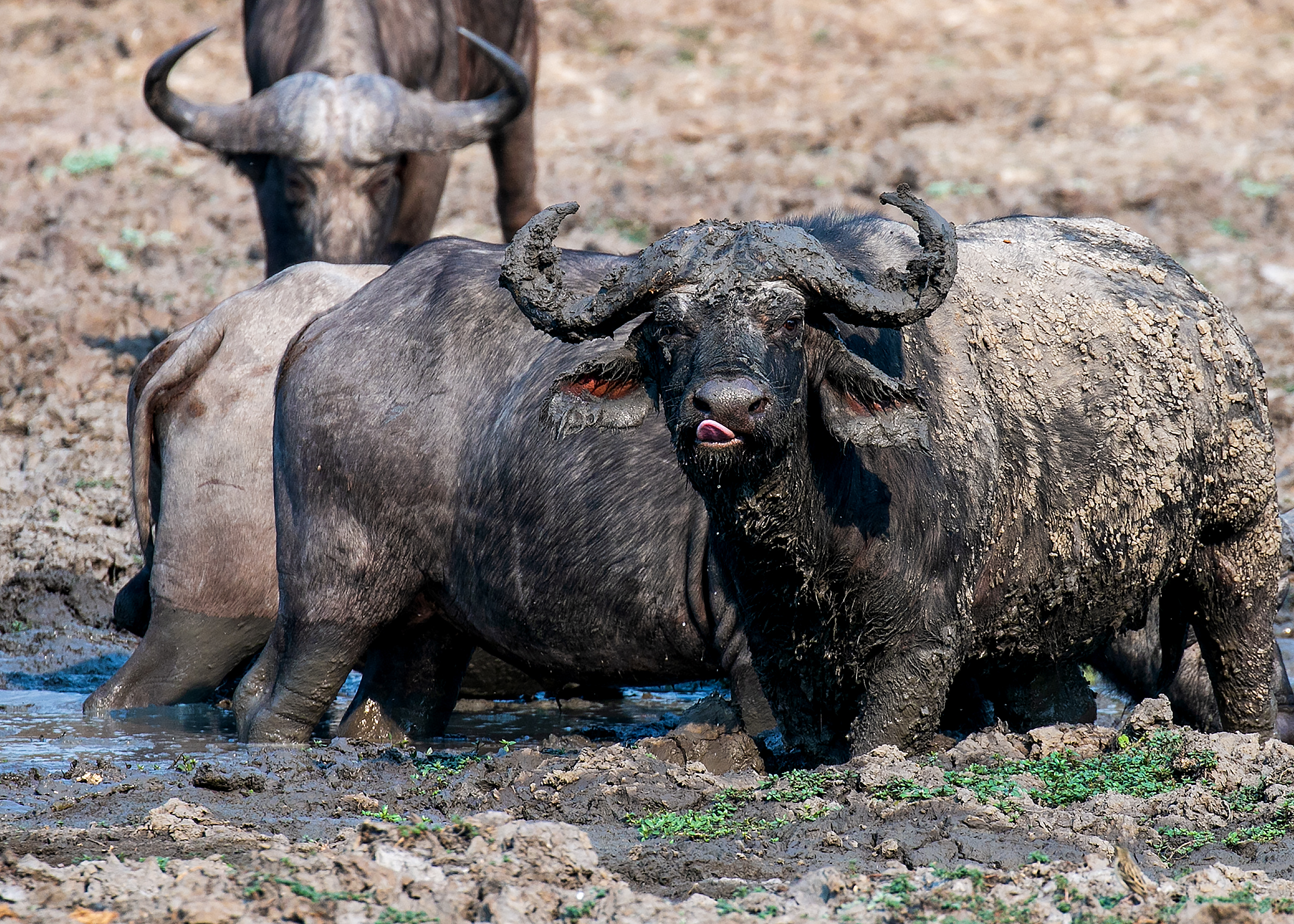 The Buffalo, in a large herd these animals are not particularly dangerous, nicknamed the bush cow these bovine creatures can be docile and easy to move on but the lone older males who are too slow to keep up with the herd are dangerous. Alone or in small bachelor herds these Dagga boys are grumpy and temperamental and put on a quick show of aggression if challenged or if they feel threatened. Their thick Bose is hard to get a bullet through and it needs to be lined up carefully, when charging you only have seconds to accurately shoot making key alterations and keeping a clear mind in a chaotic and life or death situation!
The Buffalo, in a large herd these animals are not particularly dangerous, nicknamed the bush cow these bovine creatures can be docile and easy to move on but the lone older males who are too slow to keep up with the herd are dangerous. Alone or in small bachelor herds these Dagga boys are grumpy and temperamental and put on a quick show of aggression if challenged or if they feel threatened. Their thick Bose is hard to get a bullet through and it needs to be lined up carefully, when charging you only have seconds to accurately shoot making key alterations and keeping a clear mind in a chaotic and life or death situation!
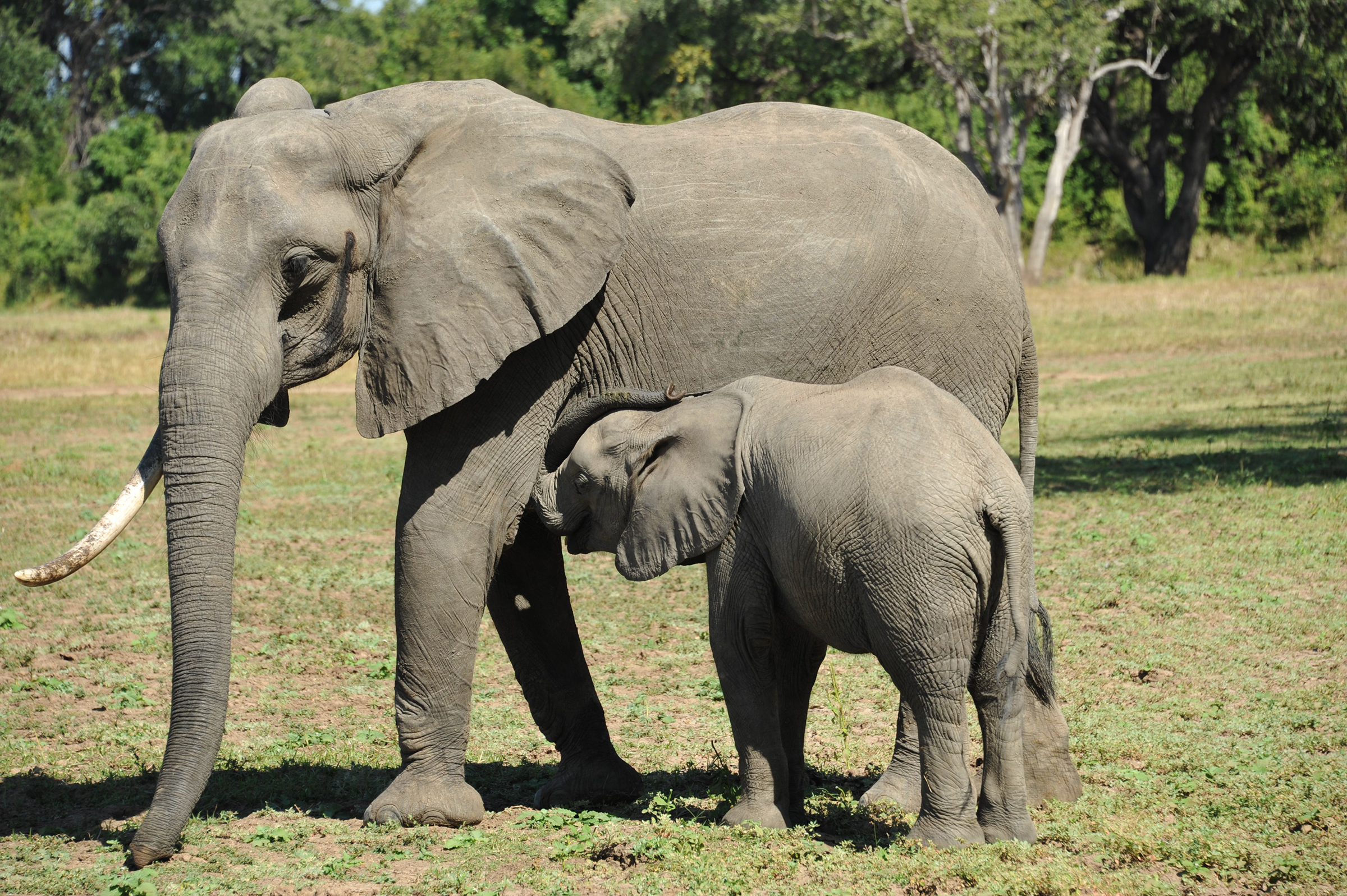
Elephants, they too have thick skulls and a brain shot is hard. The elephants are incredibly protective of their young and getting between a mother and calf is a grave error. The males go through Must and like most male mammals it matches their testosterone cycle making them more aggressive. This can be seen from a liquid that runs down from the gland behind the eye and can often be smelt, you will see the larger bulls chasing herds of females looking to mate being chased off by the matriarch. The females can also secrete from this gland and do it when stressed, perhaps they are coming into labour, their baby is stuck in the mud or they came across a large pride of lions, or are being harassed by bachelor herds. All these factors can play into why they will think you are a threat. An elephant can not only charge, I have seen them use their trunk to swipe away smaller animals with the strength to send a human flying, bore them with a tusk or kneel and grind the flat part of their skull into the ground pulverizing the offending item.
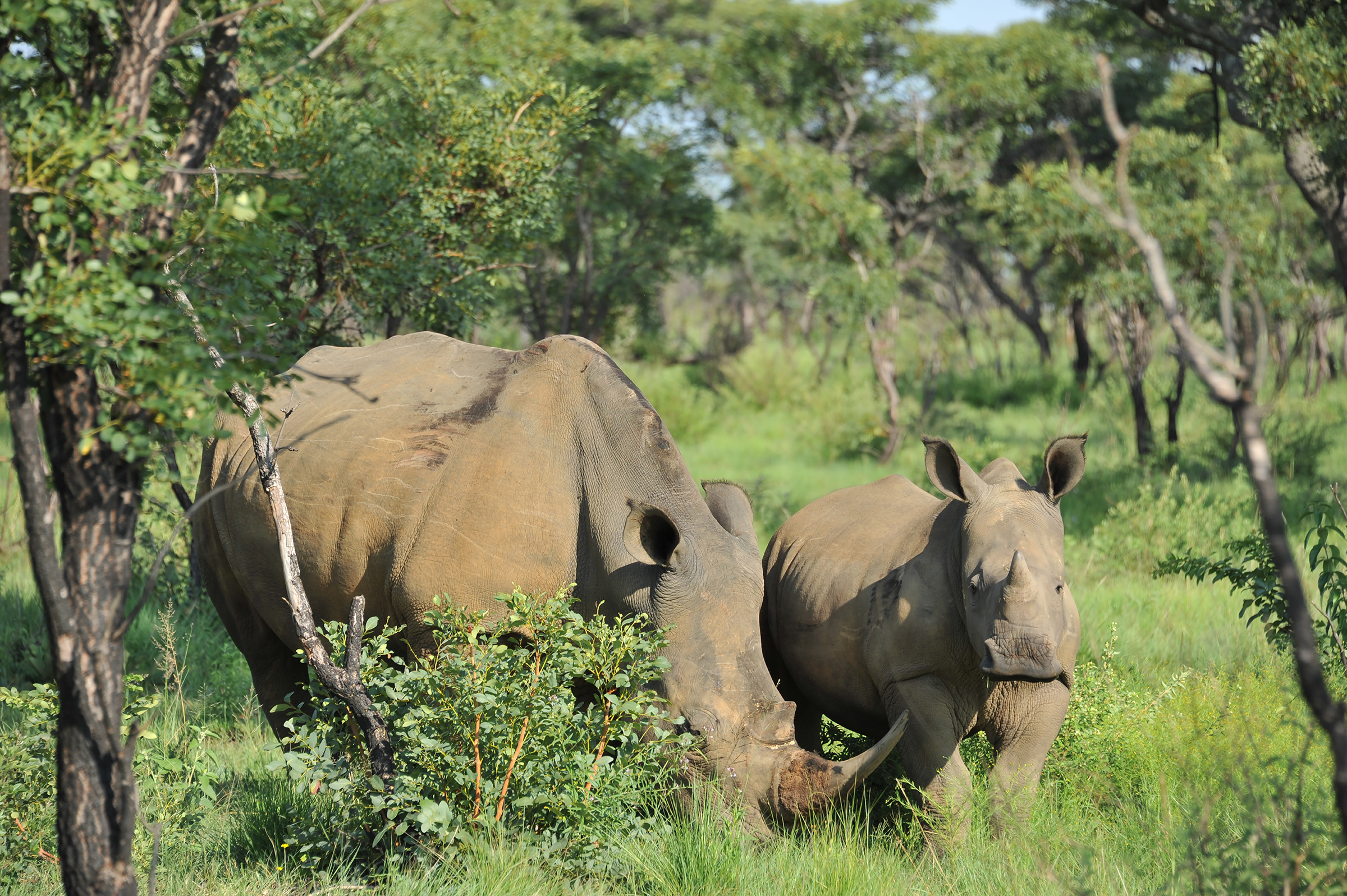
A rhino it’s obvious horn and size are a visible cue of their strength and danger however it is the rhino’s keen sense of smell and terrible eyesight that led it to be so dangerous. With poor vision, the smallest whiff of danger and shadow of movement causes the rhino to react quickly and aggressively. Whether it is the white rhino in the open plains or the more dangerous black rhino in the thick bush, they will use their sheer size and brute force to charge in the direction of an unfamiliar sounds or smell that humans carry. Females with calves are far more aggressive than a rhino on its own, as any mother does, she simply wants her baby to reach full term before she allows it to defend itself.
Of the big 5 ironically it is often the herbivores we fear the most! We know the carnivores behave in a steady fashion with usually predictable behaviours and telling warning signs. They look to warn you off before they kill. The herbivores however are less predictable, often more intelligent reacting to incidents we have not been part of. Line bull buffalo knowing they are vulnerable will be quick to lash out to make any threat before it gets them. A grieving elephant cow can react from hurt and anger we are totally unaware of or the rhino mother keen to protect her calf and at a disadvantage with her eyesight will quickly charge to show you who is boss. These higher emotive and intelligent beings can be far harder to read than a predator reacting on instinct.
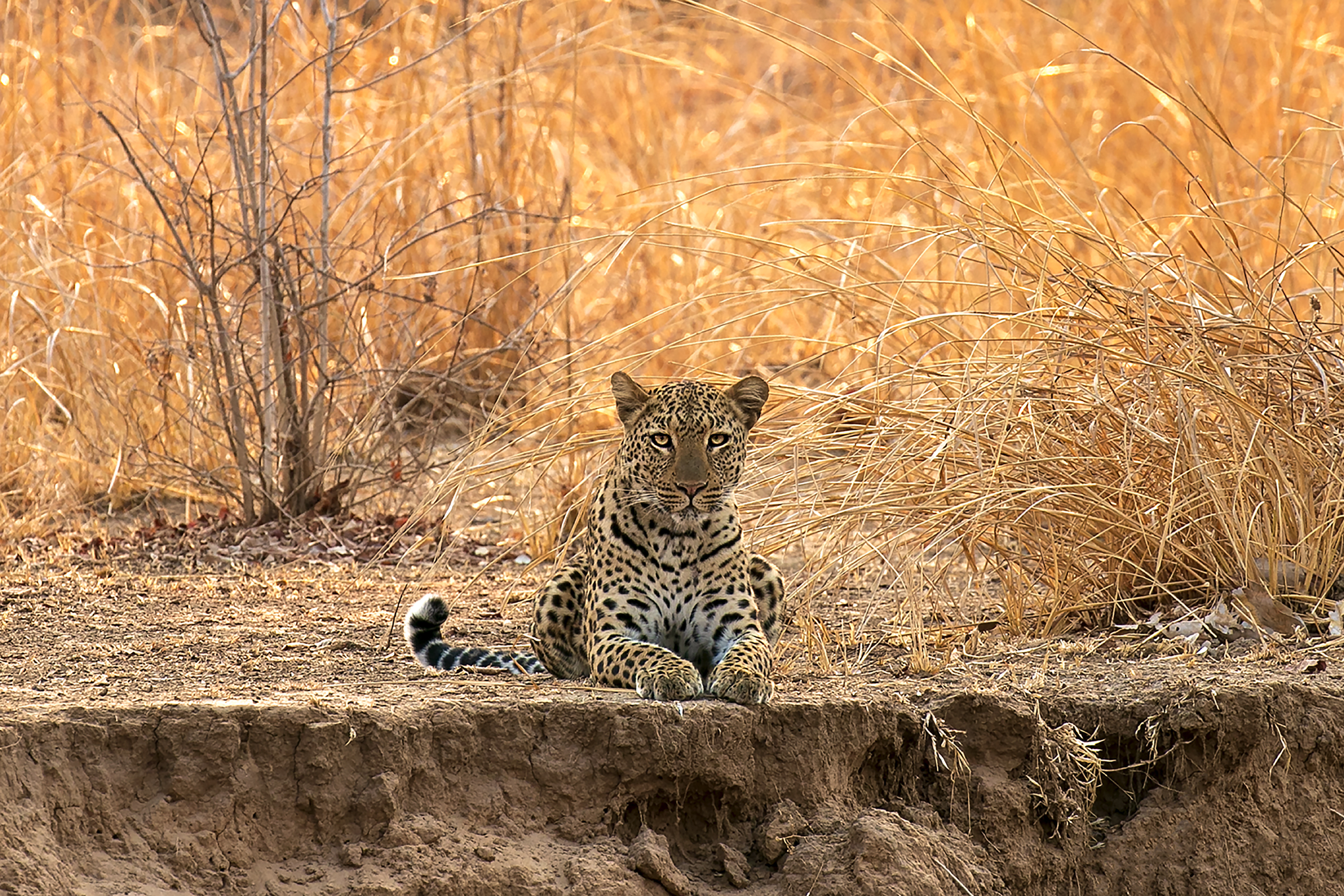
The lion and leopard, both fierce cats with large canines and sharp claws. The lion, much bigger than the leopards, lives in a pride so very often in tricky situations you will be charged by more than one cat. If you are perceived as a threat perhaps to the lion itself or any cubs you may first be met with aggressive behaviour, snarling, mock charges and roaring before it will outright see you as a threat to its life and try to end yours first. These are more typical and follow a greater sense of predictability than the herbivores. If the lion is wounded or even very very hungry you will see an increase in this aggression just as you would in any domestic animal. The leopard on the other hand is thought to be more intelligent than the lion, often sneaking off around the intended victim charging from all angles, If you have a pissed off leopard you are in real trouble, they are said to follow their target for days attacking and charging at any time from any angle and you will need to keep your wits about you.
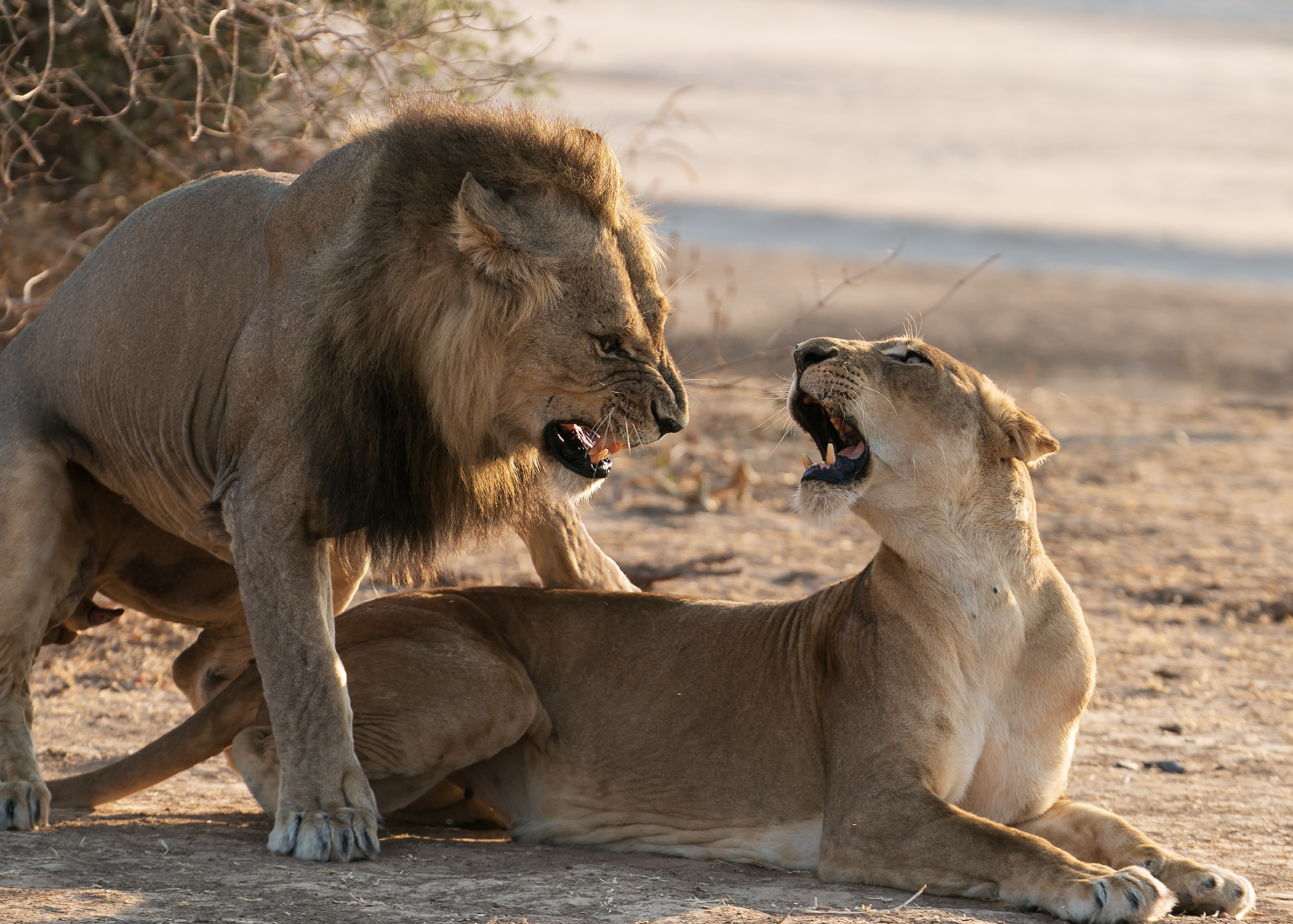
So those are the big 5 and the reasons they made the list! Nowadays they seem to be at the top of guests' tick lists on what they want to see and photograph! The majestic cats, the regal elephant, the overwhelming crowds of buffalo and of course the prehistoric and rare rhinos. Who wouldn’t from the beautifully wrinkled and textured skin of the elephant, the sheer size and power it beholds with such a gentle softness silently making its way across the plains; the strong, sturdy and stubbornness of the herds of buffalo a sign of brute force, if you have ever heard the crash between two male buffalo Bose you will understand just how headstrong these bush cows are; the rhinos with their prehistoric characteristics reminding us of a land that once was, their incredible horns ornate on their heads reminding us of their power and almost swordsmanship battling over females and territory; the king of the jungle, the lion with his impressive mane, loud roars and attractive females and cute cubs in tow; and the leopard one of the most eye-catching and appealing cats, its beautiful spots elusively hidden in the undergrowth, the rare beauty showing itself to only those most fortunate it is no surprise these animals have stayed on this list.
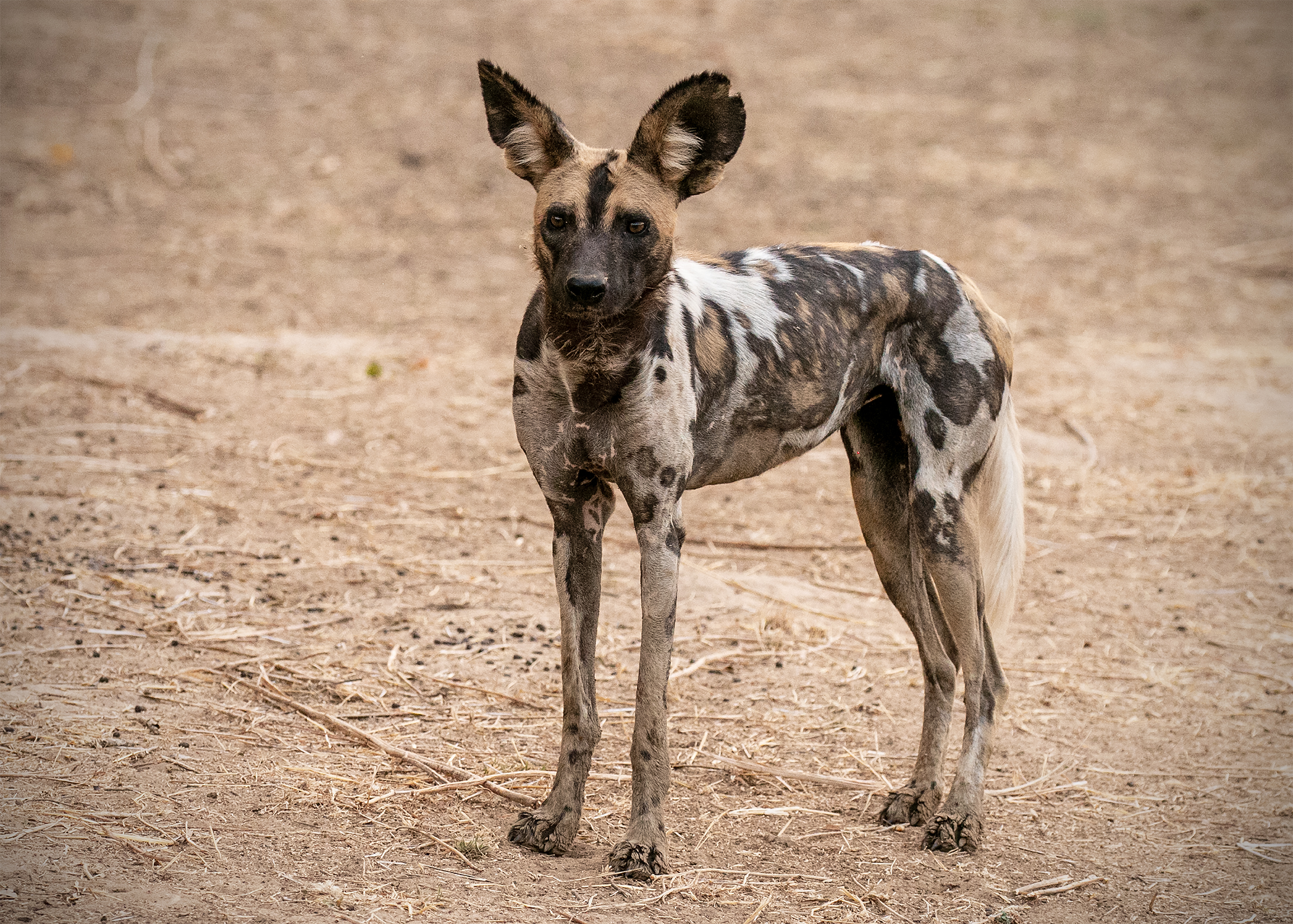
However, there are always animals we would add what about the wild dogs? They too have a beautifully spotted coat, their superior hunting skills make them one of the apex predators here in Zambia. They are rare and endangered and whilst easy to “hunt” and often get caught sadly in snares they are an uncommon sighting and one we all eagerly await. In Luangwa sadly rhinos have long since been poached out of the park, efforts are being made in North Luangwa and Livingstone to try and breed better numbers of both the white and black rhino respectively in order to one day stock other parts of the country. However, with poaching still a major issue it needs to be within parks that have the correct funding and manpower to provide 24-hour protection for this vulnerable species. As yet there are no immediate plans for South Luangwa to be a big 5 and thus the Luangwa 5 was created; leopard, lion, elephant, buffalo and wild dog!
Then of course there are the small 5, smaller animals that share a name with their larger counterparts. The leopard tortoise, buffalo weaver, elephant shrew, rhino beetle and lion ant! All common animals you can see within the park that make for a very cute alternative 5 to the traditional set. Ask your guide to point these out to you, very often you can find at least 4 around camp!
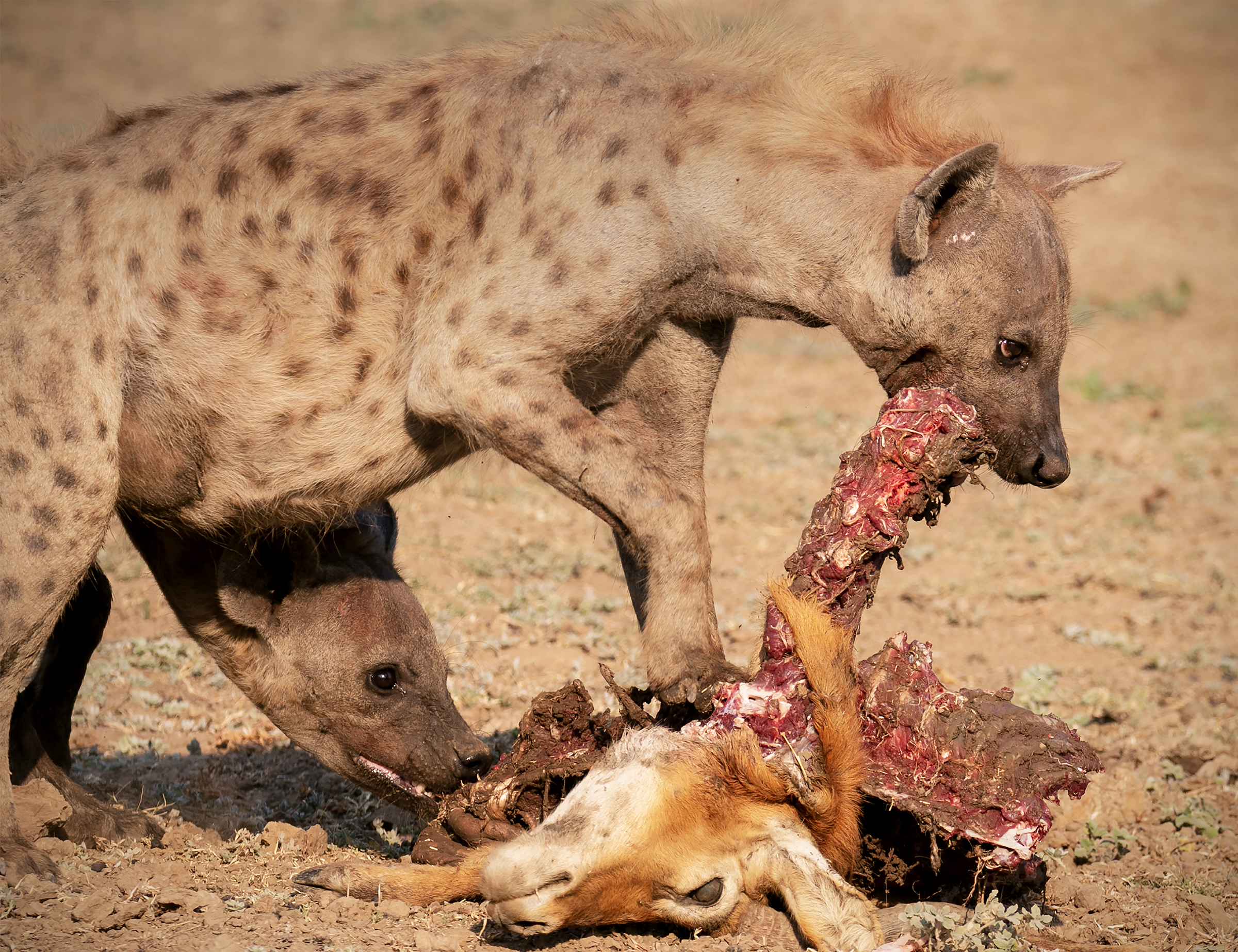
And finally, there is the ugly 5, cruelly named after these 5 animals that perhaps are not the most attractive to look at but fascinating all the same. They say after all that beauty is in the eye of the beholder and some of these animals are my favourite, character and sustenance over prettiness! The hyena, these intelligent beings are a curious mix of dog and cat, scavengers given a harsh name after the lion king; they are actually a very sweet species. With strong forelegs and shoulders these animals can ‘gait’ just as wildebeest do allowing them to expend little energy and travel long distances, famed for taking the scraps at cat and dog kills and being the number 1 predator for their babies they live in a matriarchal society where the females can be up to 30KG bigger than the males. Famed for the males and females that have penis’s a fused labia and extended clitoris, which they give birth through!!! They live in clans led by an alpha female who rule the den and have very sweet babies called pups. These animals are so important in the ecosystem, just as the vultures clean up the carcass the strong hyena jaws and teeth are able to break down bones and clear the bush of its skeletal remains!
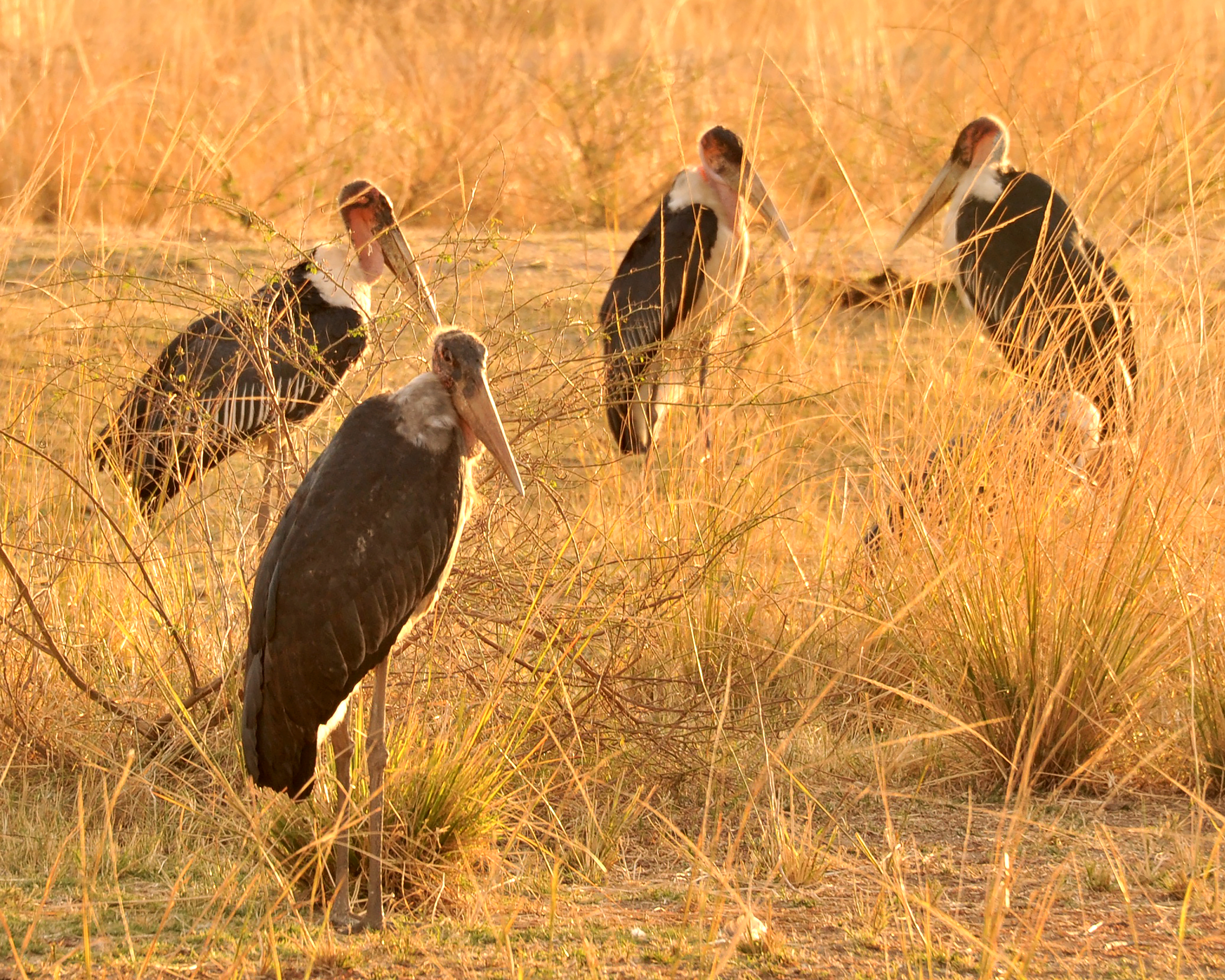
The Marabou stork usually lurks around ponds, fishing for frogs, fish and foraging for small rodents and reptiles or around the carcass of a kill, their strong and agile beaks used to take any remaining scraps of meat off the bones. These large prehistoric looking birds look a little like old men with their skinny legs, plump bodies and bald head crowned with wispy feathers. Their legs are stained white by excretions of urine and faeces which help act as a sun cream to keep the skin safe from the powerful rays! Whilst their large and somewhat scruffy demeanour have added them to the list just like the hyenas these too play a vital role in the clean-up of the bush and I have a rather soft spot for them. The grandfatherly gentlemen of the bush, kindly tidying up after the messy predators!
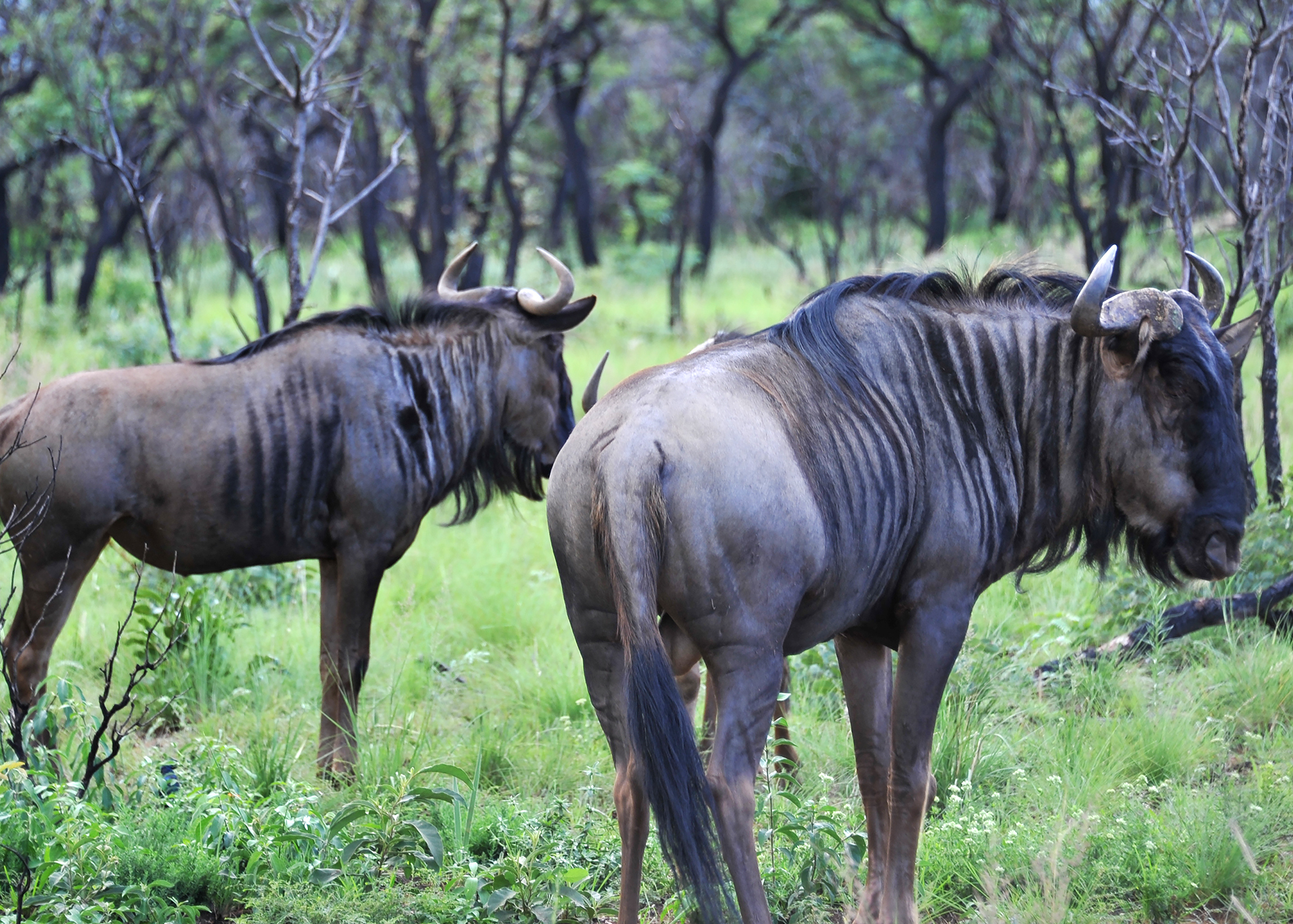
The wildebeest is an unusual buck that does lack the beauty and majesty of some of the other antelope with their spindly angular horns, large head and shoulders and skinny legs. Just as the hyena these antelope can gait which simply means when running they use a rocking motion which helps exert less energy for their large journeys. Famous for their migrations from one plain to another through Kenya and Tanzania these humble grazers will happily let most plains game come along with them providing many eyes to watch out for any danger!
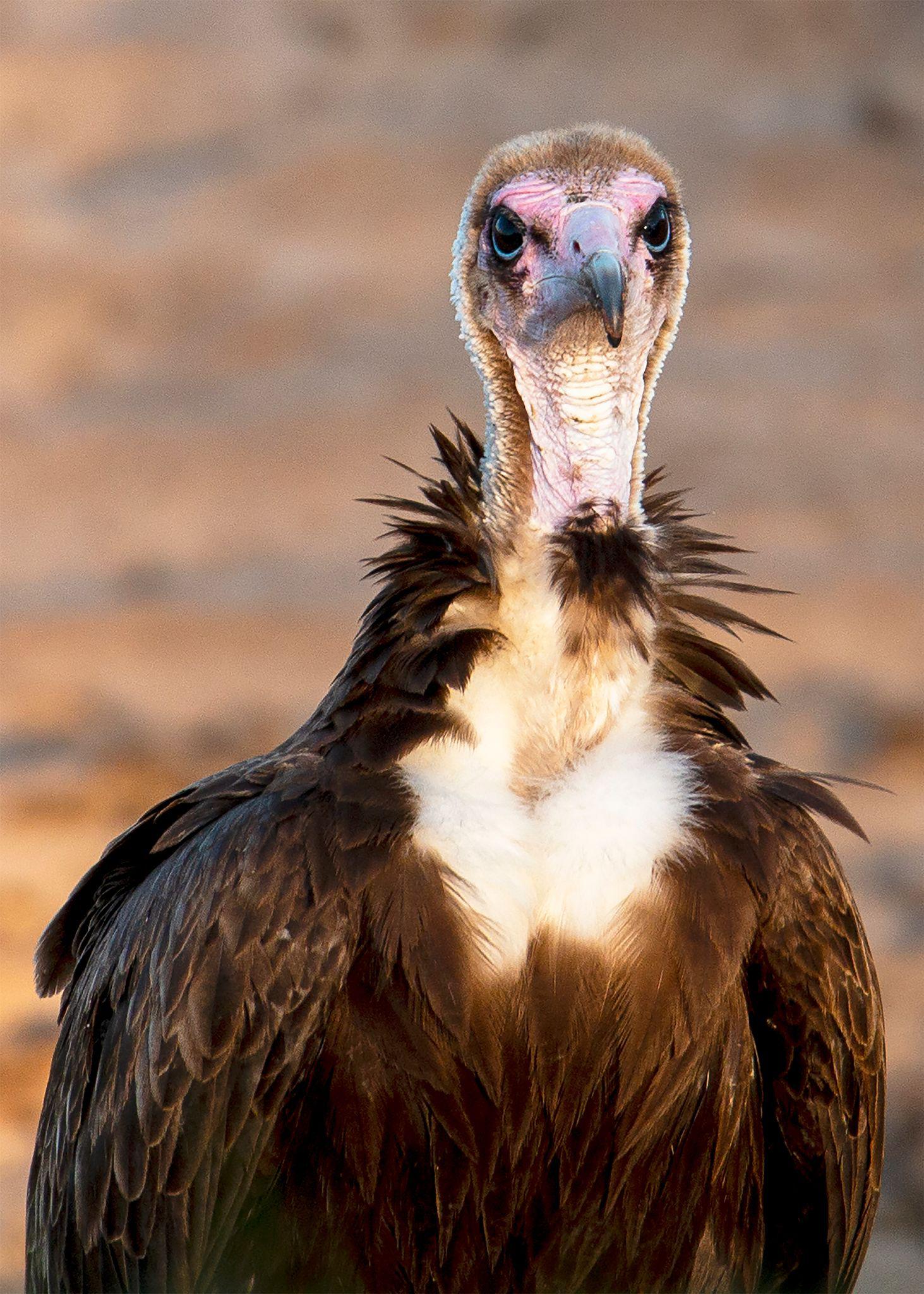
Vulture, perhaps unfair their long necks, beady eyes and sharp beak and talons are all specialized features that allow them to pick meat off a carcass. It seems this list is almost entirely made up of the scavengers! Much like the Marabou stork and hyena these are the dustbin men of the bush! Able to peck open a carcass and regularly found queuing up in chaotic fashion at a fresh kill, these guys have an incredible sense of smell and keen eyesight. Soaring in the thermals they are able to spot a kill from miles off, swooping in to finish the job at hand they often follow the predators waiting patiently for their next meal.
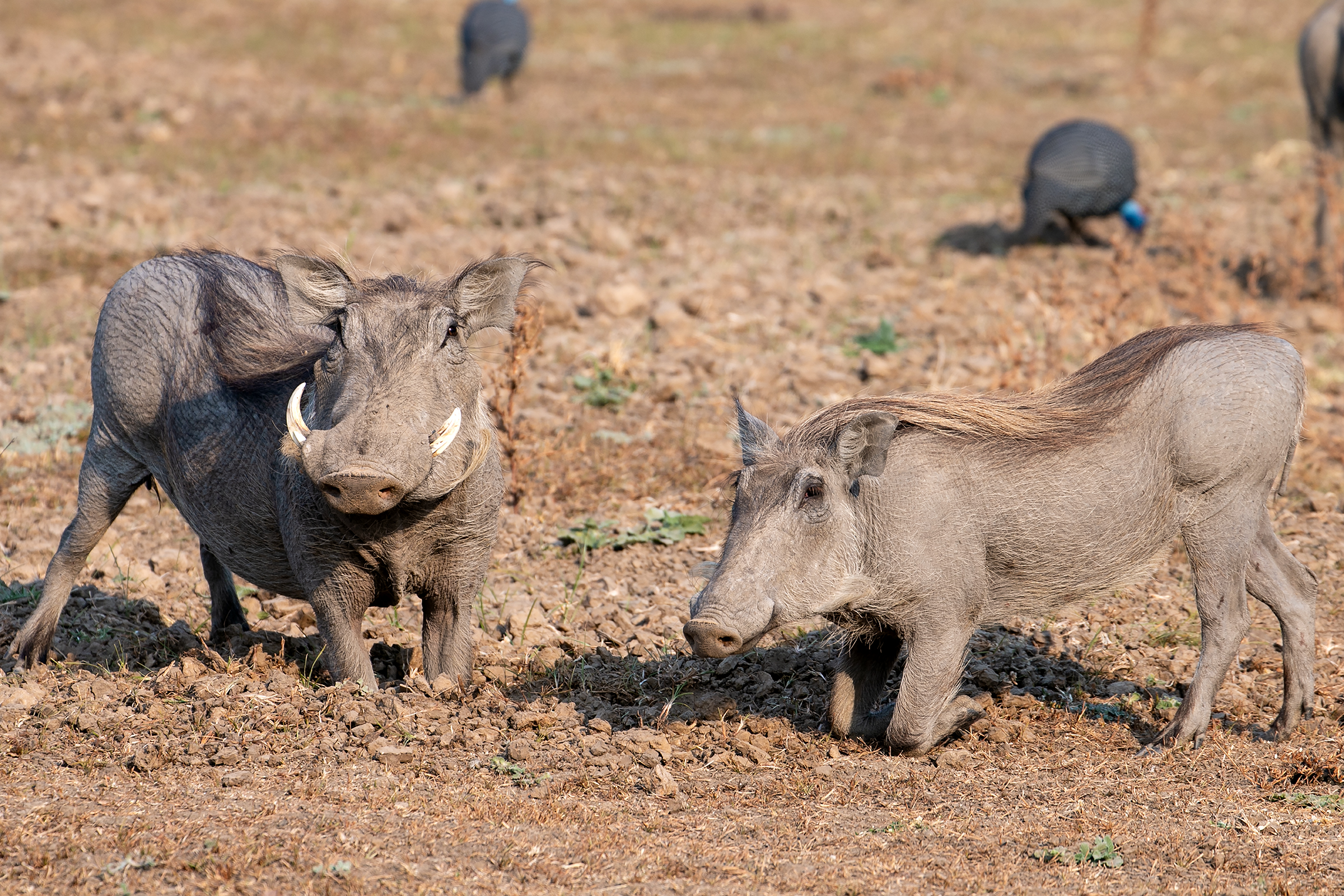
The cheeky warthog with his bumpy face and hairy body and moustached tusks we can see why people might think this one belongs on the list. The warthog is a wonderful animal digging up tubers to eat happily throwing the dirt around like an old-fashioned plough! It is said that the skin of the warthog is so tight that when he runs with his head down his tail must stick up! Whilst the adults aren’t the prettiest picture, I think we can all agree the baby warthogs are one of the cutest bush animals going. Their teeny tiny trotters, perfect miniatures of their parents are an absolute sight in the green season and we can’t get enough of them! Neither it seems can the lions!
Further Reading
Discover the magic of South Luangwa through the eyes of Emma & Jeroen who spent a few unforgettable days at Msandile River Lodge. From tranquil mornings by the river to thrilling game drives filled with lsightings of leopards and birds, their story captures the heart of safari life. With stunning photographs and heartfelt reflections, their blog showcases not just the wildlife, but the charm of our riverside chalets, the warmth of our...
At Msandile River Lodge, nestled on the banks of the Luangwa River, we believe that responsible tourism is not just a choice—it’s a commitment. Our approach to sustainability is rooted in supporting our local community and protecting the incredible wildlife and natural environment that makes South Luangwa so special.


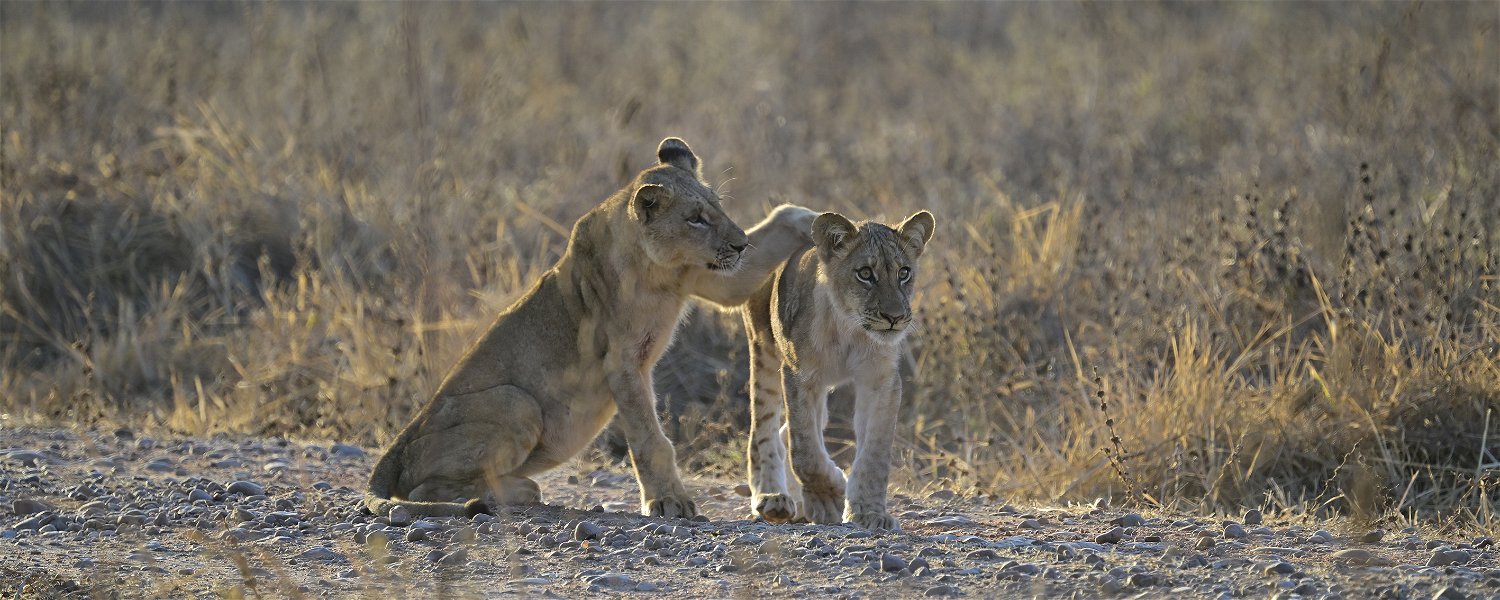


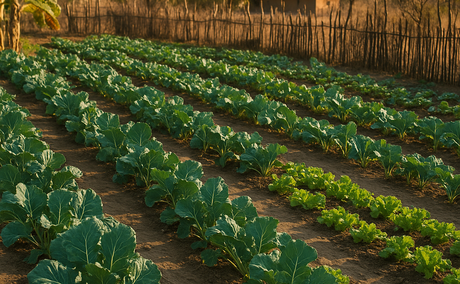
Share This Post